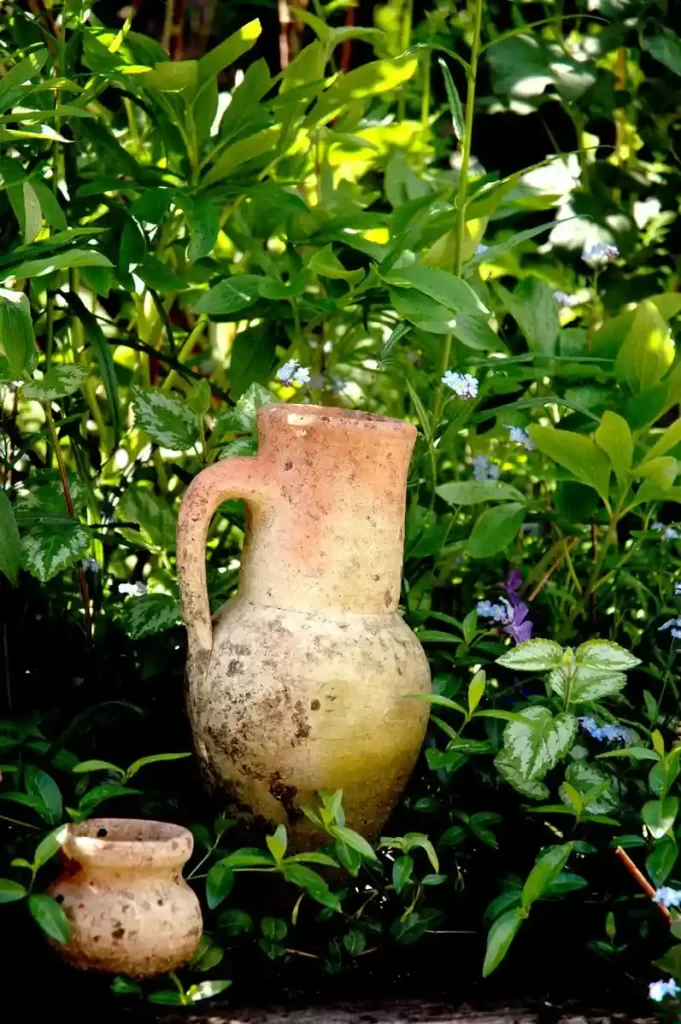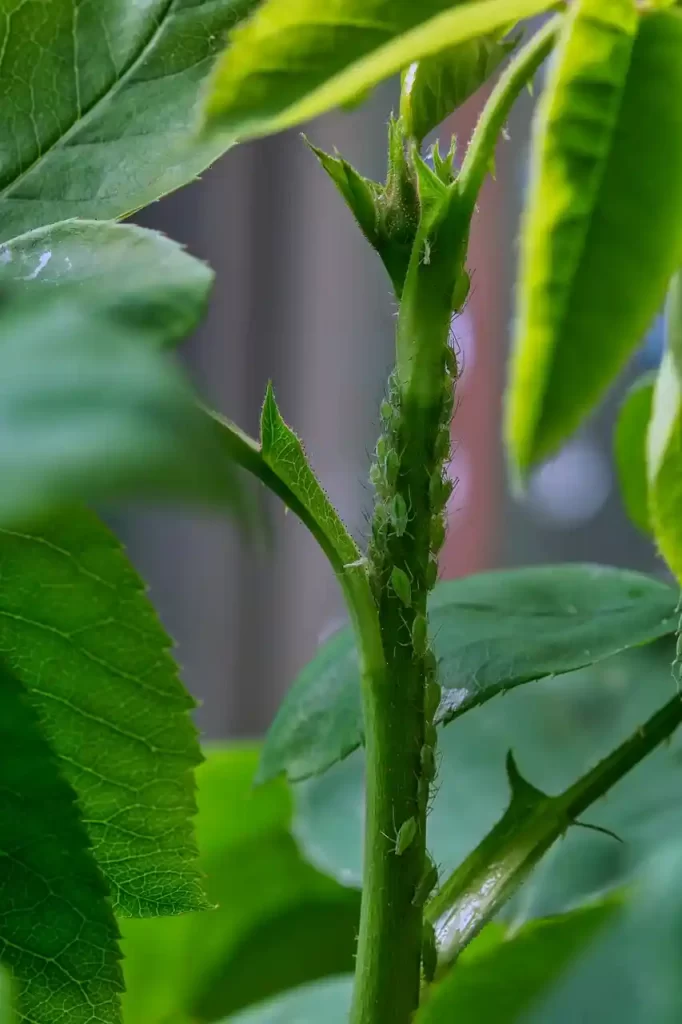How to Control Garden Pests Naturally
Many of us know the feeling, when the seedlings lovingly planted yesterday have turned into pathetic bare stalks the next morning. The sight has driven many gardeners to expletives and declarations of war, although we’re a peaceful bunch as a rule.
But is reaching for insecticide sprays the best answer when battling aphids and caterpillars in the backyard garden? Let’s take a step back from poison bombs and environmental warfare, and examine what we can do naturally to control garden pests.
The Spread of Pest Problems
The private and commercial movement of plants, food stuffs, seeds, timber, and soils has been spreading local pest problems across countries and continents for many hundreds of years. A fairly recent example is the citrus gall wasp, which lives on finger lime in its native Northeast Australian environment, and is kept in check there by another wasp.
The huge popularity of bush tucker has created demand for finger limes across Australia, and the citrus gall wasp hitched a ride, sans its predator, which only survives in the tropics. At the time of writing this pest is spreading unchecked across all types of citrus across the entire country, posing a serious threat to our citrus industry, and attacking Aussie backyard trees. The old Eureka lemon in our garden – planted by a happy gardener in the 1950s – was so seriously infested it had to go. Unless you catch the first galls (which I didn’t) and prune them out as soon they form, that’s basically the tree gone a few years down the track.
Effective Garden Pest Control Measures
These continuously emerging pest problems are not easy to deal with in the family garden, on top of the usual sap-sucking, leaf-munching, fruit-destroying critters. The best way to approach garden pest control is with several control measures, of which bug spray is but one.
1. Source Plants from Local Nurseries

2. Plant a Variety of Plants
3. Beneficial Insects and Pest Control
One thing that needs to be said here is that predatory insects like ladybirds, lacewings, praying mantids, or wasps, are perceived as ‘beneficial’ because they predate on those insects we perceive as pests. Predatory insects won’t typically hang around your garden if they have no food sources there, they just check in once in a while.
They usually only visit in noticeable numbers after their favorite pests appear in noticeable numbers. If you meanwhile have been wielding your broad-spectrum insecticide gun, chances are you are not only killing your target pest but every visiting insect, including your beneficials and your pollinators. And if birds eat poisoned insects, which is likely because they are slow and easy to catch, they will also get sick. I wouldn’t wait months for ladybirds to visit, while aphids are destroying my garden, but in most cases, it is preferable to be a little patient rather than having a hair trigger on the poison gun.
4. Maintain Plant Health
It is also a good idea to keep plants in good health, by watering, feeding, and pruning them, and by checking on them regularly. Plants that are stressed by a lack of water or nutrients, especially towards the end of our long hot Perth summers, are primary targets for insect pests.
On the other hand, over-fertilizing, which encourages lots of lush new growth, can also attract insect pests. The citrus gall wasp, for example, lays its eggs into soft new citrus wood. It hatches during late winter, and what you do not want is to offer it lots of new growth. Therefore, I have learned to fertilize my new lemon tree only during the summer months. It doesn’t grow as fast, but it still produces enough lemons for our household.
5. Cultural Practices for Pest Control
Garden Pest Control Methods

1. Physical Barriers
2. Hand Removal of Pests
3. Pruning and Plant Removal
4. Companion Plants
5. Natural Bug Spray
If you have tried everything else, the best bug spray for plants is a simple chili garlic spray, in my opinion. It controls pests like caterpillars, whitefly, and aphids without a lasting environmental burden and can be used on edible crops and ornamentals alike. You can make chili garlic spray yourself if you have lots of chilies in your edible garden, or you can buy one, for example, Richgro Beat-A-Bug. You’ll need to wet the entire foliage, including the underside of the leaves, and repeat the treatment as often as necessary. You can harvest and eat your fruit and vegetables the next day.

